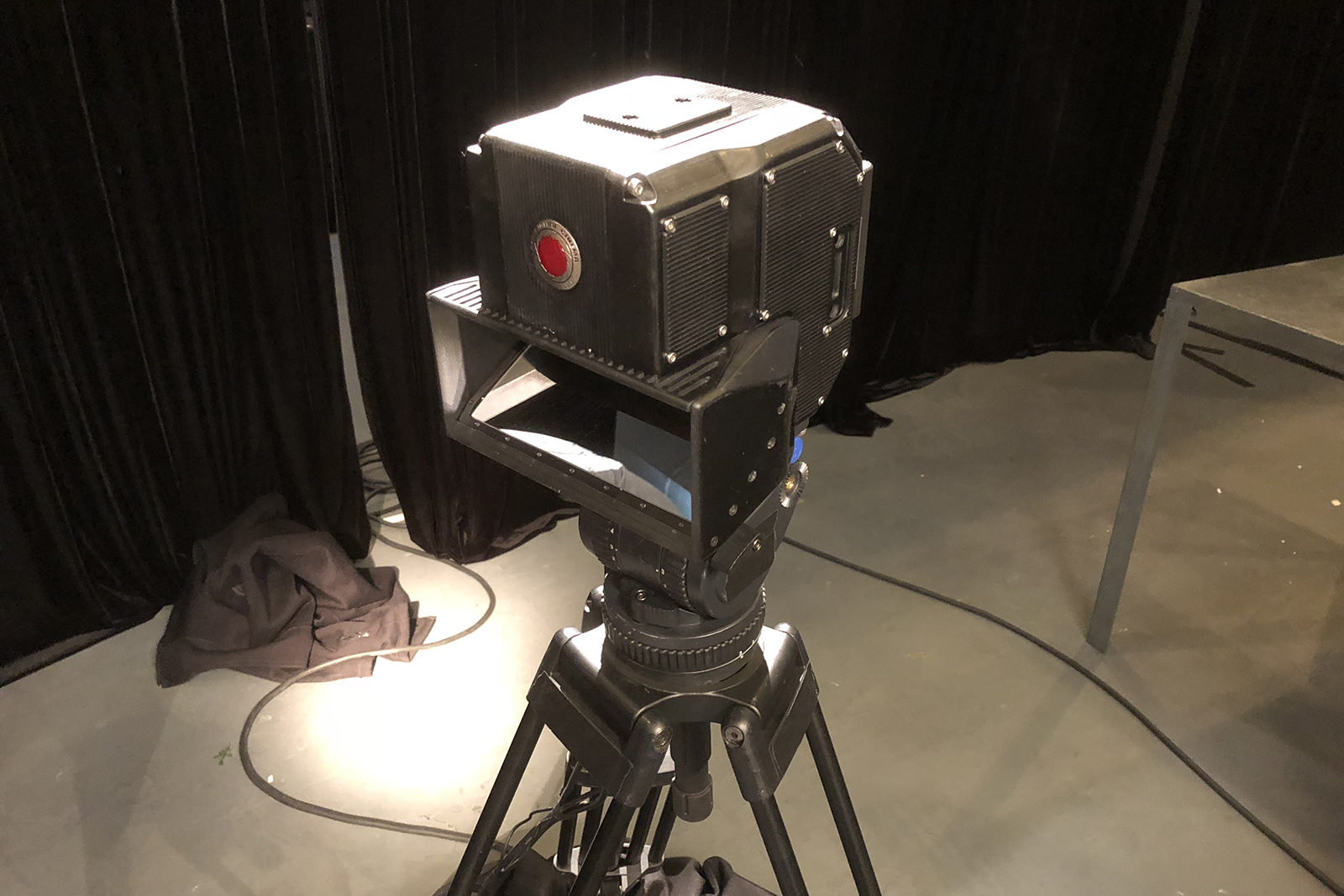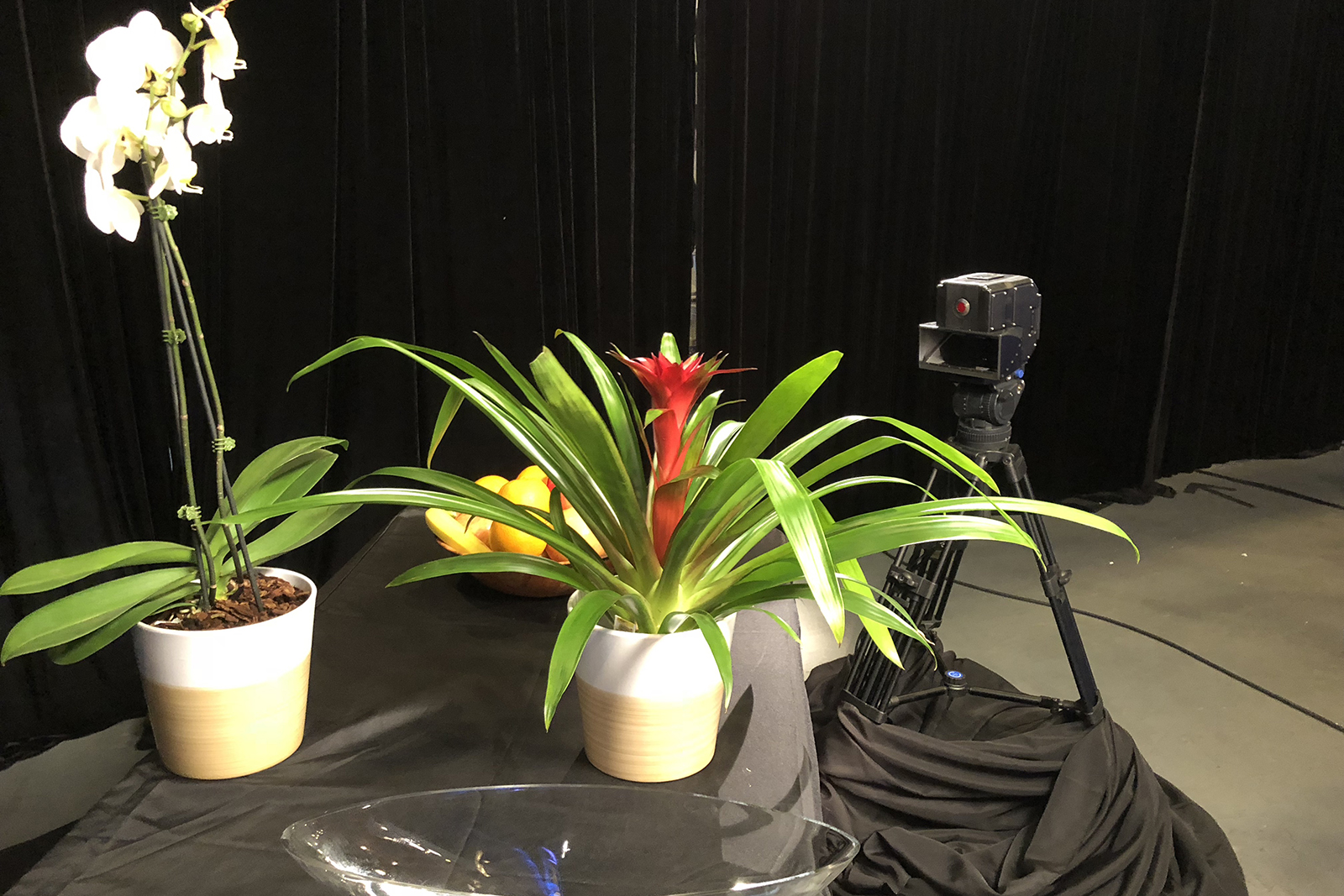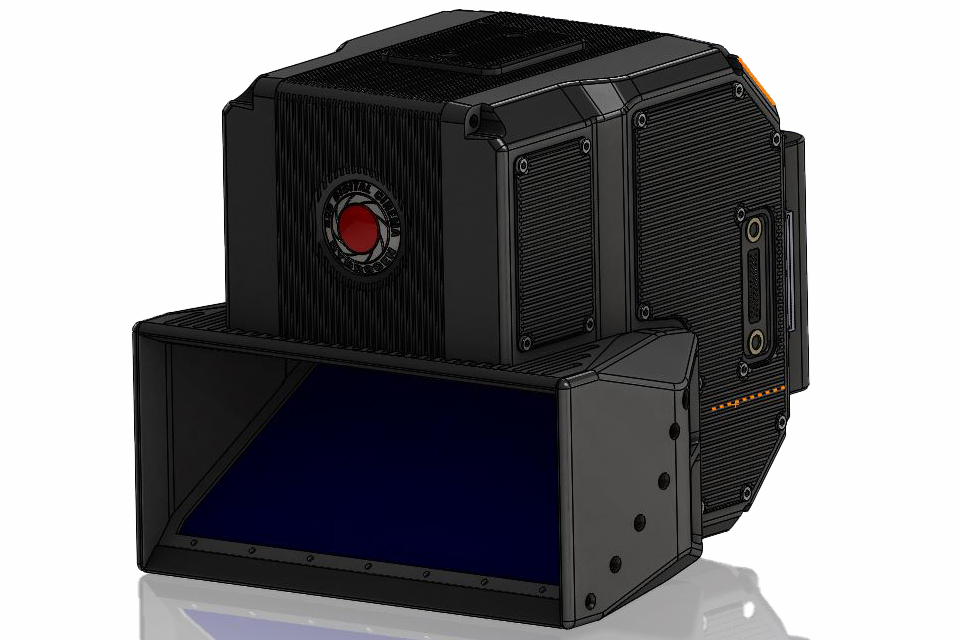Which came first, the file format, or the camera capable of shooting it? For the RED Hydrogen One’s holographic-like display, the answer is the file format — but a camera to shoot the HV4 files isn’t far behind. On Tuesday, May 22, Lucid announced a partnership with RED to build an 8K prosumer camera capable of capturing 3D content and the H4V format introduced as part of the upcoming smartphone’s unique display.
The companies aim to create the first dual camera with 8K video and stills that can be converted into 4V in real time. That capability will allow the camera to shoot content that works on the smartphone’s 4-View display, and will allow the smartphone to work as the camera’s electronic viewfinder to preview what the shot will look like in the new format. The real-time capability will also allow for live-streaming, Lucid says.
Along with the smartphone’s essential role in the camera, the new camera will also take on a similar look as RED’s cinema cameras, the company says. Unlike the cinema cameras, the 4V camera will use two synced 4K cameras and a beam splitter, hardware essential to creating the 3D or 4V files.
Lucid’s role is to integrate the real-time 3D Fusion Technology, already part of the LucidCam VR180 3D camera. The software, Lucid says, turns the intensive process of handling those separate sources and converting them into the 3D or 4V format into something more on a point-and-shoot skill level. The idea, the company says, is to create a prosumer camera for capturing the new format.
Files captured on the new camera can be shared through RED’s content hub as well as on YouTube and Facebook, the companies said.
One of the most unique features about the smartphone that’s expected out this summer is the 4V display. The screen allows for viewing 3D, VR, and AR without glasses or a headset. The partnership is bringing a camera that capitalizes on that new display.
While the two companies have announced the camera’s biggest features, the 4V camera doesn’t yet have a name, price, or full spec sheet. The camera is expected out during the fourth quarter of this year, and will be sold by RED and authorized RED resellers.






